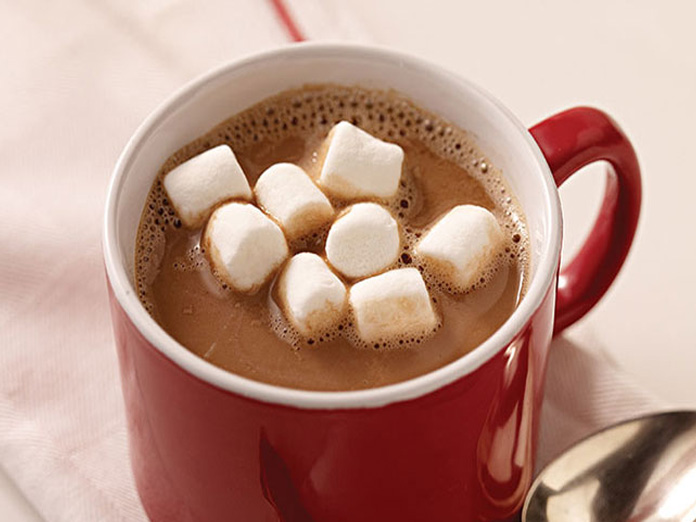Live
- Three persons admitted to hospital for diarrhea treatment
- First Star Outside Milky Way Captured: WOH G64 is 2,000 Times Larger Than the Sun
- Sikkim govt to constitute state Niti Ayog: CM Tamang
- CBI books Rajasthan narcotics inspector for Rs 3 lakh bribe
- Rajasthan bypolls: A tough contest between BJP and Congress
- Albania joins SEPA, paving way for EU integration
- Japanese government approves 250-billion USD economic package to ease price pain
- Six pharma companies to set up their units in Telangana
- The Unstable Events of a 17-Wicket Day in Perth: India vs Australia
- Dutch FM's Israel trip cancelled after Netanyahu's arrest warrant
Just In

Theres nothing like a steaming cup of chocolate solvent solution on a cold winters day, right While you might not think of hot cocoa as a chocolate solvent solution, scientifically speaking, thats exactly what it is
There’s nothing like a steaming cup of chocolate solvent solution on a cold winter’s day, right? While you might not think of hot cocoa as a chocolate solvent solution, scientifically speaking, that’s exactly what it is!
Learn how hot cocoa powder becomes hot chocolate with a yummy experiment. To do this easy chocolate solvent solution project, you only need a couple common household items—and one hungry helper.
What you need: 3 identical pieces of chocolate or candy—soft chocolate, like milk chocolate sections, are, Stopwatch, or a watch with a second hand, A volunteer to dissolve the chocolate in his/her mouth, You can dissolve the chocolate in your own mouth, if you’re experimenting alone
What you do: Place the first piece of chocolate in the volunteer’s mouth. Tell the volunteer to NOT move his or her teeth, tongue, or actively suck on the chocolate. Simply let it sit there and dissolve in the saliva in the volunteer’s mouth.
Time how long it takes the chocolate to dissolve from the time it is placed in the mouth until it is completely gone. Place the second piece of candy in the volunteer’s mouth. This time, tell your volunteer to use the tongue to move around the chocolate, but do NOT chew on it. Again, time how long it takes for the chocolate to disappear.
Place the third piece in the volunteer’s mouth, this time instructing your volunteer to chew on the chocolate. Once again, time how long it takes for the chocolate to disappear.
What happened: All three methods worked to dissolve the chocolate because they exposed the chocolate to the mouth’s saliva. In chemistry terms, saliva is a solvent that helps you break down food (a solute) in your mouth before you swallow.
(A solute is anything the solvent dissolves.) In hot chocolate, the hot water or milk acts as the solvent to dissolve the cocoa powder, the solute. So why did each piece of chocolate take a different amount of time to dissolve? First, let’s learn how solvents and solutes work.
For a solvent to break down a solute, it must be in contact with the surface area of the solute. The more surface area exposed to the solvent, the faster it can break down the solute. In your experiment, the only variable was the amount of agitation (movement) of each piece of chocolate while in the mouth.
The first piece of chocolate just sat in the mouth and slowly dissolved. It’s like emptying a packet of cocoa powder (solute) into a cup of hot water (solvent). Without any movement to expose more surface areas of the solute to the solvent, it takes a while to dissolve.
The second piece of chocolate that was moved around by the tongue is like stirring cocoa powder and hot water. It took less time than just letting it sit, but it still took a while to expose all the surface area.

© 2024 Hyderabad Media House Limited/The Hans India. All rights reserved. Powered by hocalwire.com







